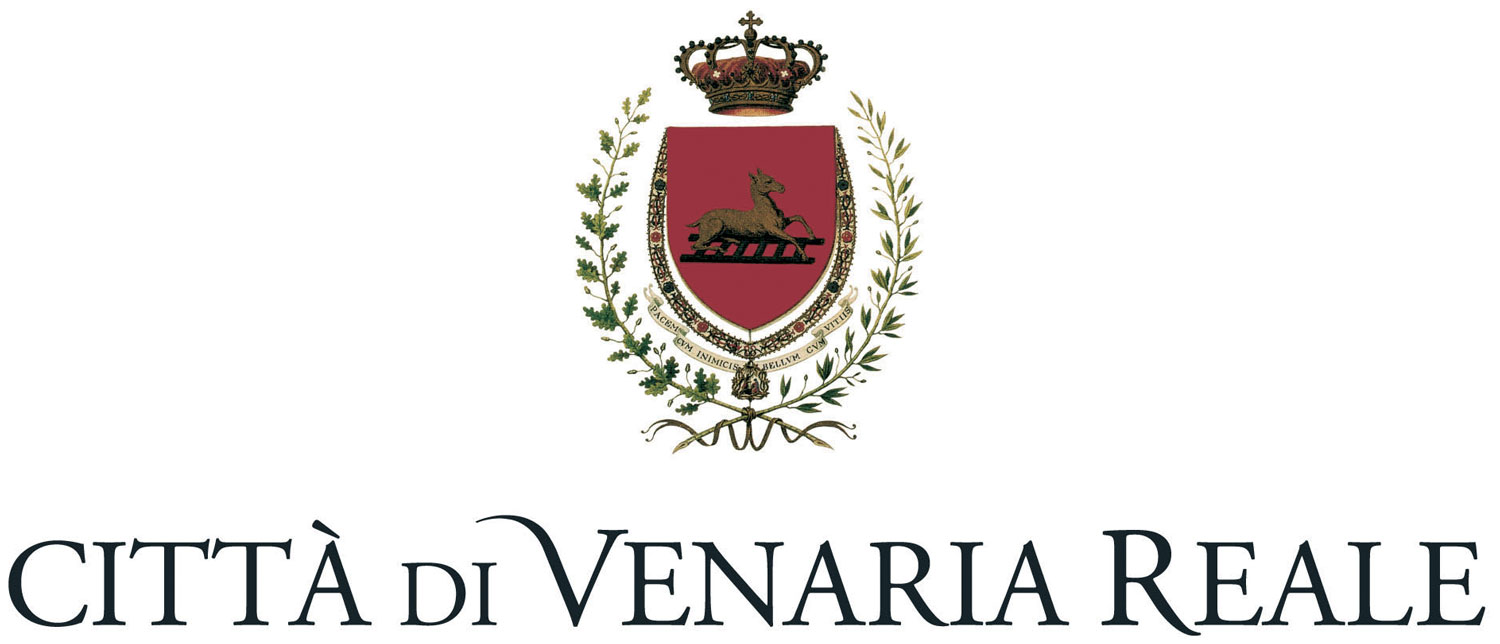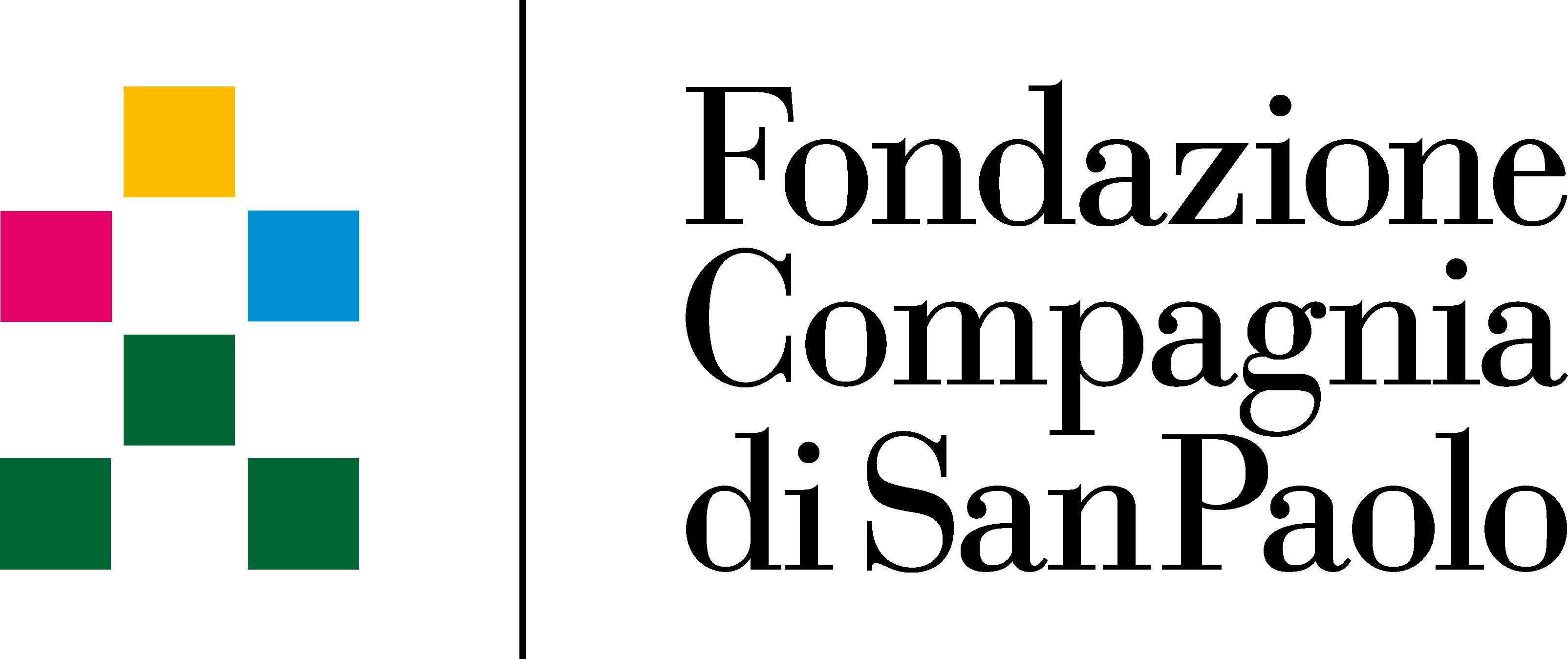The Great Stable currently hosts The Royal Stables, an exhibition that includes the Bucentaur of the House of Savoy and some sumptuous ceremonial carriages used by the House of Savoy in the early 19th century.
The splendid Bucentaur, commissioned by Vittorio Amedeo II between 1729 and 1731 and crafted in Venice, is the only remaining of its kind and it is presented "armed" in full with mast, oars and sails.
The Bucentaur was constructed in Venice in the squeri (or boatyards) and on September 4, 1731 it was entrusted to the concierge of the Castle of Valentino after 32 days after being drawn by animals up the Po river.
From its landing at the dock of the Valentino’s Castle, the Savoy's Bucentaur, richly decorated with carved and gilded sculptural groups and allegorical paintings in the “tiemo” (the guest cabin), became the sumptuous parade boat to be displayed as a symbol of royal power in the ceremonies and shows held on the river, an authentic stage on the water.
From Charles Emmanuel III to Victor Emmanuel II, the “float palace” accompanied the history of the dynasty, up to the gift that the first King of Italy made of it in 1869 to the city of Turin, which in 1873 destined it to the Civic Museum.
Abandoning the waters of the Po River that had seen it as a protagonist for over a century, the Savoy Bucentaur was thus turned into a museum and conserved as a great work of art, the only one of its kind left, since the last Bucentaur of the Doges, built in the same Venetian shipyards, had been destroyed by fire in 1798.
The restoration of the elegant vessel, thanks to the support and financing of the Consulta per la Valorizzazione dei Beni Artistici e Culturali di Torino (Council for the Enhancement of the Artistic and Cultural Heritage of Turin), is completed at the laboratories of the Centro Conservazione e Restauro La Venaria Reale (La Venaria Reale Conservation and Restoration Centre) with the masterly conservative restoration, which restores brilliance to the gilding and paintings.
The Great Stables and the Citroniera
Juvarra’s Great Stables are one of the most imposing architectural spaces of La Venaria and a masterpiece of European Baroque.
The Great Stable, which houses the Bucentaur, is part of the dual Great Stable and Citroniera building, designed by Filippo Juvarra between 1722 and 1727 for King Victor Amadeus II. The building unites the two areas behind a large façade that acts as an architectural backdrop to the Gardens.
The great aisle of the Great Stable, 148 m long, 12 m wide and 15 m high, (wider than any other stables in a royal residence in Piedmont and comparable with the one built by Jean Aubert in 1719 at Chantilly), could hold around 200 horses. Its presence provided shelter to the north side of the Citroniera.
During the 19th century, the building maintained its function, perfectly suited to military needs.
The Citroniera, lit on the south side by large windows, 148 metres long, 14 metres wide and 16 metres high, housed some 400 crates of citrus fruits from the Grand Parterre during the winter, along with jasmine, pomegranates and oleanders.
The space of La Citroniera was designed to inspire awe by virtue of its considerable proportions as well as its plastic and chiaroscuro effects: to the south the arc-shaped openings are topped by oculi or round recesses to maximize light and heat in the winter.
Juvarra had originally designed a rich set of stucco decorations for pilaster strips, recesses and openings like those that can be found in the Great Gallery: however they were only partially completed and eventually disappeared in the 19th century.
The imposing and elegant space of the Citroniera is the ideal location to host the largest events taking place at the Reggia di Venaria.

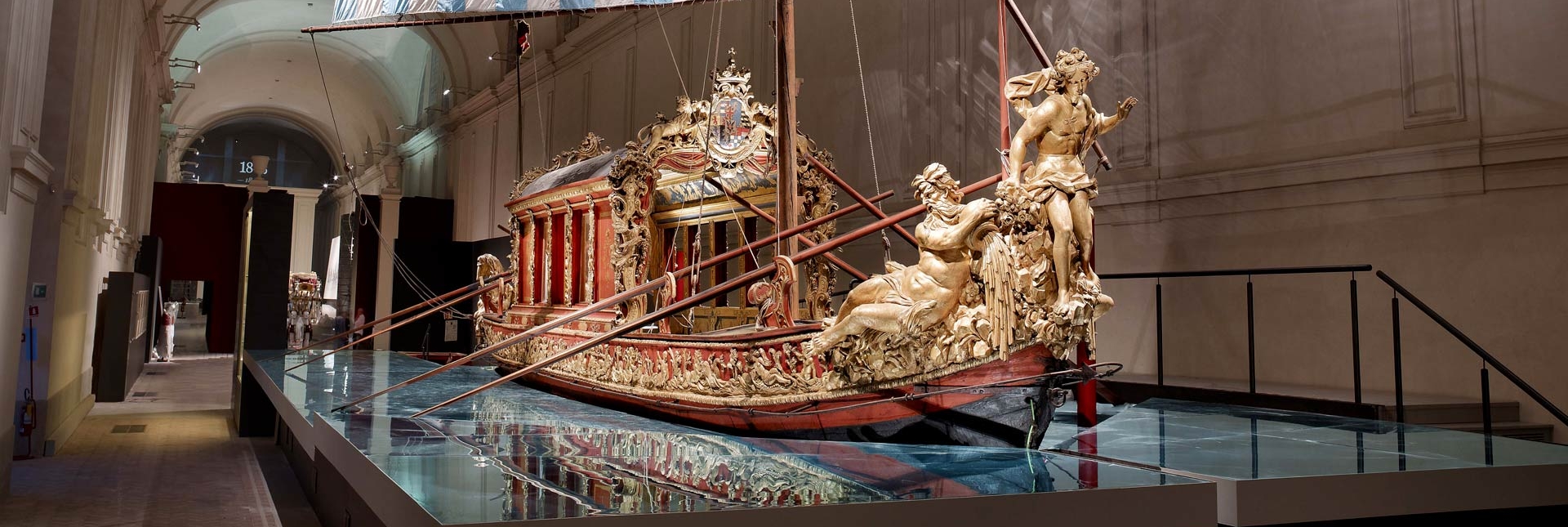
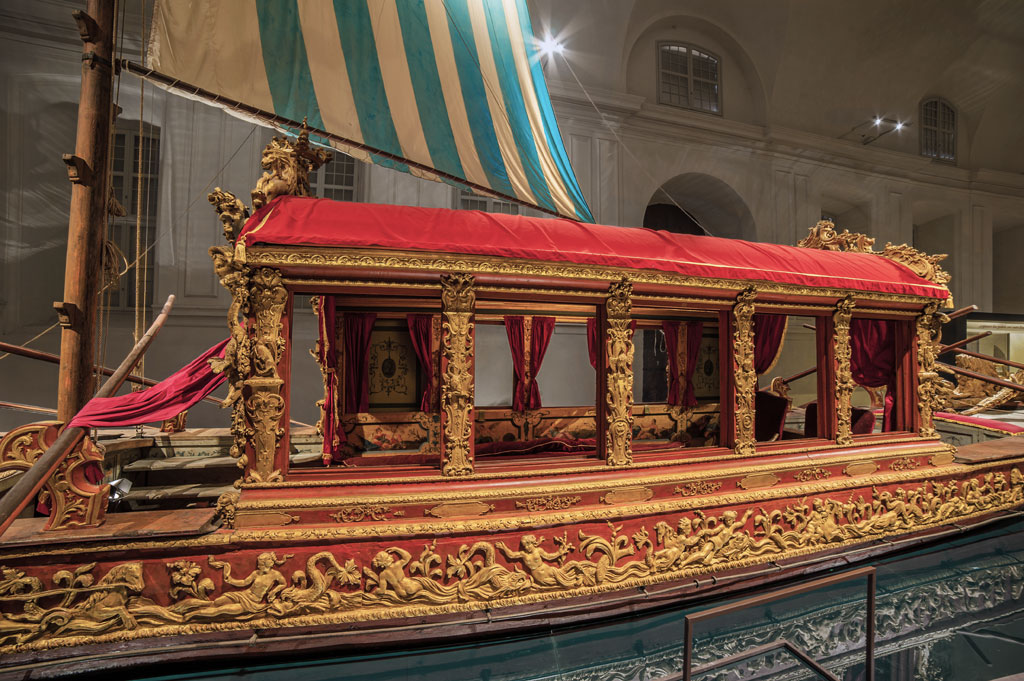




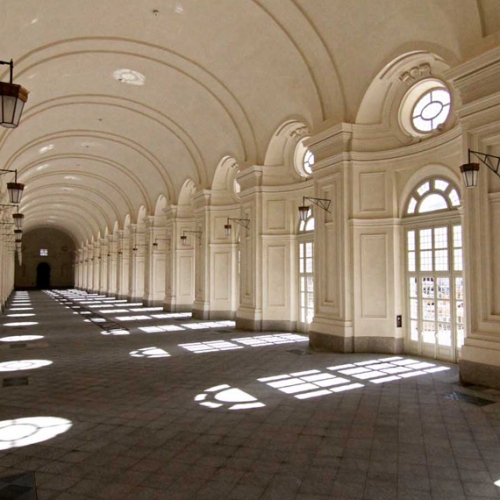

 Tickets
Tickets






